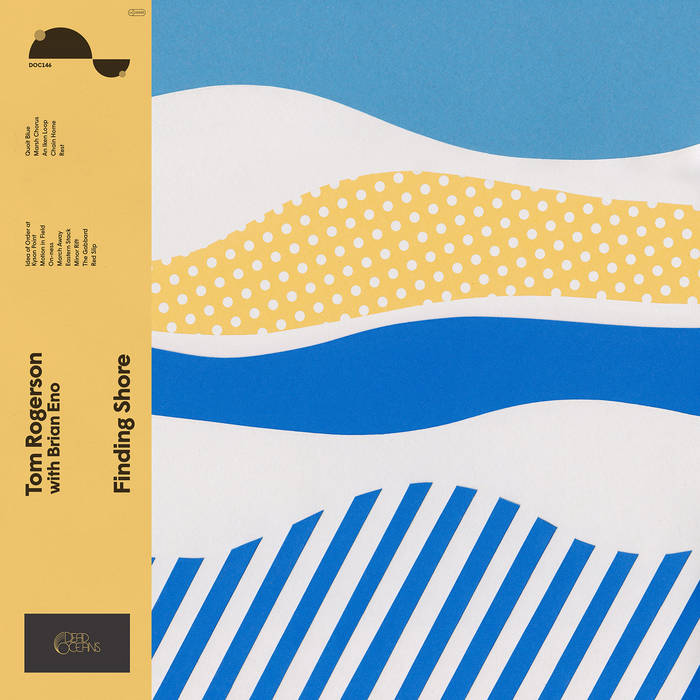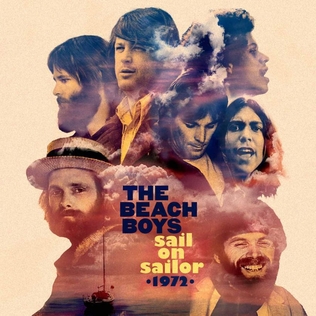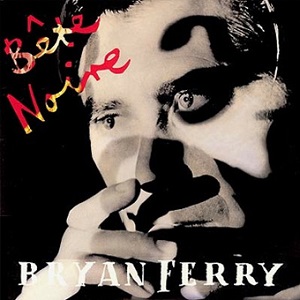After years of complaining about his record contract, TAFKAP didn’t declare his emancipation from it with a mere album.
Emancipation consisted of 36 tracks—12 songs each on three discs, each lasting exactly an hour. A bold statement, to be sure, somewhat reminiscent of
George Harrison’s three-record set following the demise of the Beatles, but considering his recent hit-and-miss ratio, did we really need three hours of all-new Prince music, or whatever we were supposed to call it?
There is some rhyme and reason to the set, thankfully. The first disc is fairly straightforward radio-friendly R&B—nothing too innovative, nothing too offensive, but nothing too ordinary either. He can still write hooks, of course; “Right Back Here In My Arms Again” is simple but infectious, and “Get Yo Groove On” has an extended dialogue section in the middle that doesn’t get much in the way. “Courtin’ Time” is a snappy ‘40s jazz distraction before the straight cover of the Stylistics’ “Betcha By Golly Wow!” Four tracks later he serves up “[Eye] Can’t Make U Love Me”, as recorded by Bonnie Raitt, shortly before George Michael got to it. “Damned If [Eye] Do” kinda rocks and segues neatly into a Latin section, and “Mr. Happy” isn’t as lascivious as it could be, coming off more like a Dr. Dre pastiche even before the guest rap section. We want to read more into “In This Bed [Eye] Scream”, as the liner notes dedicate it to Wendy & Lisa, and Susannah, suggesting some kind of throwback to the days of the Revolution, but the music is all modern Prince.
Beginning with “Sex In The Summer”, based around a loop of his then-unborn baby’s heartbeat, the second disc is all about the slow jam, tracing the journey with new bride Mayte. There’s a lot of sameness, but “Emale” stands out for its relatively early embrace of terminology from what we used to call the World Wide Web. “Curious Child” is somewhat brief, lyrically anyway, based on a harpsichord motif, and very sophisticated musically. The lengthy “Joint 2 Joint” incorporates another guest rap, insights on what cereal he likes and how, ending with one end of a phone conversation. “The Holy River” is a welcome departure, more of a song than a groove, culminating in an accepted marriage proposal and a nicely constructed guitar solo. The logical conclusion is, of course, “Let’s Have A Baby”, mostly falsetto over piano and a little bass. The slow jams are broken up again by the atmospheric instrumental “The Plan”, then back with the ode to “Friend, Lover, Sister, Mother/Wife”.
Disc three kicks off with “Slave”, a word he had drawn on his face during the period when he started referring to himself as the symbol and trying to leave Warner Bros. The song doesn’t seem to give much more insight to that, except for an excuse to get funky, which “New World” encourages and “The Human Body” perpetuates. “Style” and “Sleep Around” are extended workouts, though “Da, Da, Da” has too much rap for our tastes. This disc also includes covers: “La, La, La Means [Eye] Love U” is more of an update than a carbon copy of the Delfonics original, while Joan Osborne’s “One Of Us” seems tailor-made for him. “The Love We Make” is pointedly not danceable, but a better grand finale than the title track.
We’re glad he got it all out of his system, but we don’t spend a lot of time with Emancipation, mostly because it takes up so much time. While it proves that TAFKAP never stopped teeming with ideas, having his own playground to create non-stop didn’t teach him how to edit himself.
o|+> Emancipation (1996)—3






